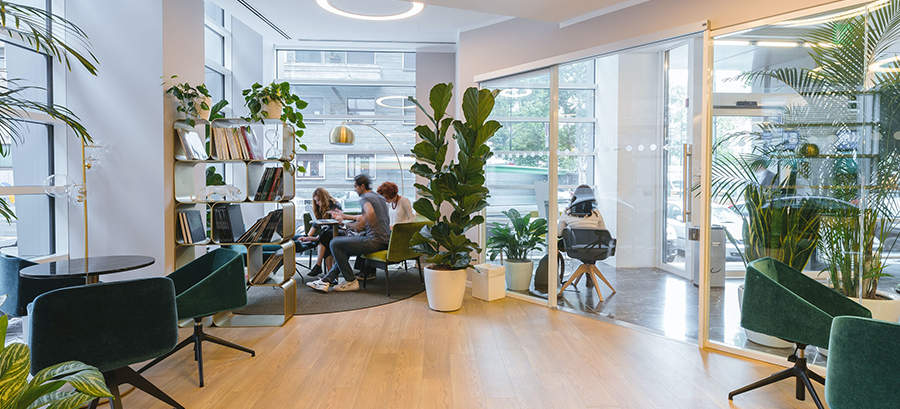Here we are, the latter half of 2016. Cars are starting to drive themselves, devices are connecting and communicating with each other, and work…well work is bigger than it has ever been before. Why? Because we can work in more places than we could 10 years ago, sometimes during hours outside of traditional scope. As a result, the idea of work-life balance is a passé term.
Instead, we need to be considering work-life integration, and this means the we’re playing a whole new ball game.
First, lets understand the difference between the two. Balance implies things are at equilibrium. Think a scale with equal weights on each side. Integration of course, would be a blend of the two to create one mass, the sum of the two blended objects.
Consider the soccer dad (or mom) driving their kid to practice on a Thursday evening. The phone rings in the car and with the click of a button, Katy Perry stops serenading the car, and dad’s (or mom’s) co-worker fills the car with cheerful hello. The conversation is quick, but the takeaway is that the man on the phone will be sending a document that needs a quick read-through tonight, you know, if he can get to it.
He can, and he will. After all, a promotion is right around the corner. And so cheerfully, Dad lets his colleague know that he’ll get right on it after soccer practice is over. This is time he doesn’t want to miss.
Dad and his daughter get out of the car and as she runs over to join his team, Dad has the hour to kill before picking her up again to get a quick dinner before bed. It’s a school night, don’t forget.
And so while his daughter runs her drills, Dad is on the sidelines knowing that he put a great work day in, can now enjoy watching his daughter laugh and play, and still be happy to know that he can get that last bit of work finished before morning. Again, its Thursday night, mid August, Dad has been at work for 8+ hours already, and he may as well be there now, but he doesn’t have to be.
Dad enjoyed practice just as much as his daughter did and off they go back home, not without stopping for a Sorbet at their favourite ice cream shop down the road.
Now at home, Dad has his headphones in and is on the call with one of his friends catching up while putting a pot of spaghetti on for the kids. Multitasking like never before, Dad is busy, but he hates that word so he calls it active.
This is ok. He’s happy. This kids are happy.
We can’t forget about Mom though can we? She isn’t doing 9 holes on the golf course, she’s on an after-hours conference call and prepping for an early morning presentation. She’s lead of business development at her company and is set to close a deal that will send the family to Disneyland in March. She’s productive, putting up record numbers, and is loving life.
As dinner finishes up and the tables are cleared, the family is tired and one-by-one make their way to bed. Before Mom and Dad open up a book to read a few pages before getting sleep, their thumbs are active on their phones. Since getting home, each have received a few emails that could wait until tomorrow, but they should be dealt with tonight.
Emails are finished, phones are put on silent, and Mom and Dad get some quality time together.
No, their life isn’t balanced with work, it is integrated. And until we move away from technology or set strict boundaries around it, it will only get worse before it gets better. This is why fit in the workplace must be a priority.
Like Simon Sinek, I’m a bit of an idealist. Recently Simon pulled a quote that said ‘if you don’t love the job you’re in now, why are you in it?’ Living in this day and age, work isn’t something that is balanced. We see it all the time where work doesn’t stop at the office door, it just simply moves locations- to wherever we are. If we don’t love how we do our work, who we do it with, and what feelings we get from it, work as we know it will very likely be slowly draining us.
Regardless of the industry, sector, size, or profit status of a company, we have the ability to articulate fit and tell stories to not just attract people, but the right people. Until we do that though, work will have the same negative connotation it has now.
Follow Eric on Twitter, Facebook, and LinkedIn. Check out his TEDx talk here. Also, check out The DRYVER Group for more information.
More posts
Given the Pandemic, There is Currently Something More Important Than Our Company ‘Why’
Over the past months, the pandemic has dominated the headlines. Greta Thunberg and the acute…
Most of us can vividly recall the nervous feeling right before our teachers would take…
More Than Just an Office: The Potential of the Workplace of Today
“I just want things to go back to normal.” Perhaps you have either heard or…



